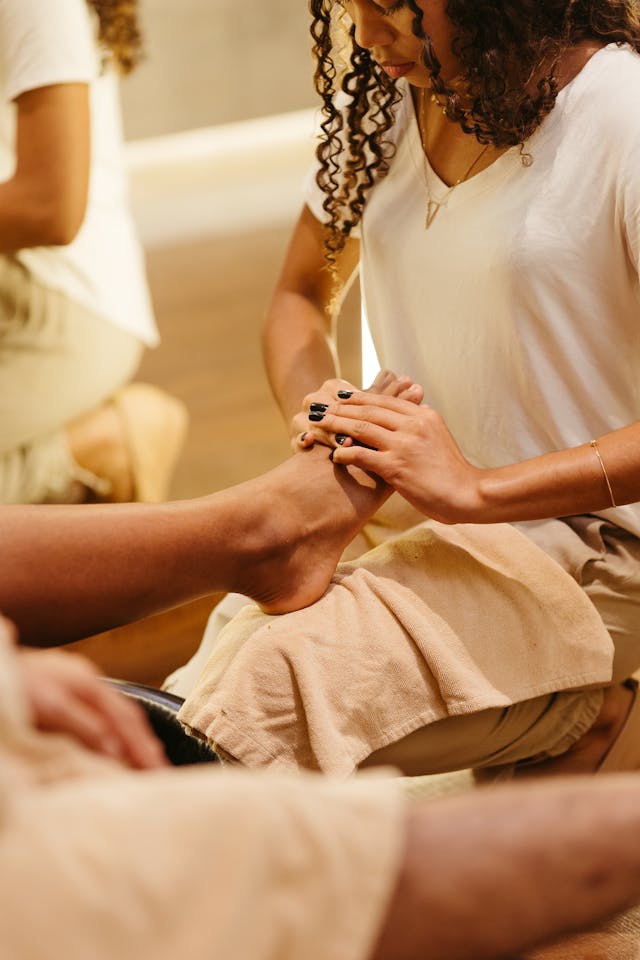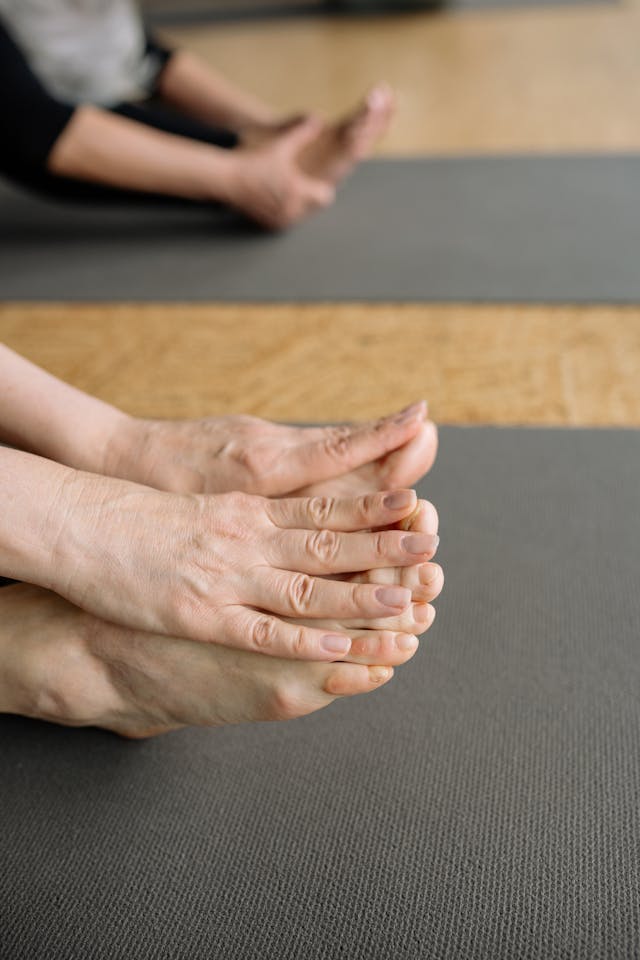Did you know that 25% of veterans have diabetes? What can help these heroes? Diabetes shoes and compression socks! We’ll walk you through why it is important, their benefits and even help with the selection process.
Table of Contents
Maintaining Foot Health

The best thing to do is take care of your feet. Diabetics are prone to other foot issues.
They are likely to suffer from the following:
- Foot ulcers
- Infections
- Amputation
But you can avoid this with the right foot care. Isn’t that great?
Diabetic Shoes

Diabetic shoes provide veterans with comfort and stability. Let’s take a look at the great benefits of these shoes:
- Lessen pressure points: The shoes are made to spread the weight, which helps with pressure. The chances of getting ulcers and sores are slim.
- Extra cushion: This is great for veterans who have trouble with sensation in their feet. It absorbs shock and helps prevent injuries.
- Breathable material: These materials help to keep feet dry. Fungal infections start because of moisture.
- Toe box: Say goodbye to blisters and pressure points. It makes room for both swelling and deformities.
- Smoothness: Rubbing causes wounds and sores, but the texture helps.
Diabetic Compression Socks
These socks maintain foot health through compression. Compression helps with swelling and blood flow. Here is what diabetic socks have to offer:
- Enhanced circulation: Blood flow is usually a problem, but these socks can help with blood circulation, prevent blood clots, promote healing, and lower the chances of an infection.
- Compression: It offers comfort and relief to veterans that struggle with edema by reducing swelling in the feet and ankles.
- Moisture-wicking characteristics: It keeps moisture away and reduces the chances of fungal infections.
- Prevent injuries: These socks protect diabetics from injuries and scrapes.
- Temperature control: Some of these socks control the temperature. Feet stays warm when it’s cold, and cools your feet down when it’s hot.
Selecting Footwear
Although these diabetic shoes and socks are wonderful, you still have to consider a few things. Here are some of our top tips for picking the right ones:
Choosing Diabetes Shoes

Shoes need to fit properly. Make sure there is enough space for your toes and that it’s not too tight on the feet. Because sizes aren’t the same for all brands, let a professional help you. You might use premium materials that are breathable and have both support and padding. It’s very important that shoes are seamless inside so that your feet aren’t irritated and get blisters. If you are looking for extra support and comfort, see a podiatrist. Remember to examine your shoes every now and then and replace them when needed.
Choosing Diabetes Compression Socks
Socks come in different levels of compression and are measured in mmHg. Mild Compression (8-15 mmHg) is a perfect fit for diabetics who don’t have swelling. Those who spend a lot of time sitting or standing and who have swelling should rather get a moderate compression sock (15-20 mmHg). Just like shoes, you need the right size. You want materials that pull the moisture out and maintain dry feet. You can take some that have extra padding, but it’s not necessary.
FAQ’s
Can I wear diabetic compression socks all day?
Yes, you can wear diabetic compression socks all day! Just remove them at night so that your feet can breathe. Also, check for any signs of irritation after such a long wear.
How do I care for my diabetic shoes and compression socks?
You can care for your shoes by wiping them down with a damp cloth. Socks normally have instructions like “only handwash” or washing with a gentle cycle”. Don’t use a tumble dryer. Rather, let them air dry.
Are diabetes shoes covered by insurance?
Most plans cover diabetes shoes. If you aren’t sure, contact your provider and find out.
How often should I replace my diabetic shoes and socks?
It depends on the brand and wear of these footwear. Shoes are normally replaced after 6 months but can be used for 1 year. Socks, on the other hand, get replaced every 3-6 months. But, a good rule of thumb would be to replace the items if you notice wear and tear.
How do regular shoes differ from diabetes shoes?
The main difference is the material and function. Regular shoes are made to wear evey day but diabetes shoes are to prevent other issues diabetics are prone to get. These shoes are made for comfort and foot health.
Conclusion

Take care of your feet if you want to avoid other issues. Diabetics are likely to get infections and foot ulcers that result in amputation. Diabetes shoes and socks help with moisture, support blood flow, and control the temperature. They have it all! Just remember that you need to consider sizing in both shoes and socks, materials, and compression levels in socks.





